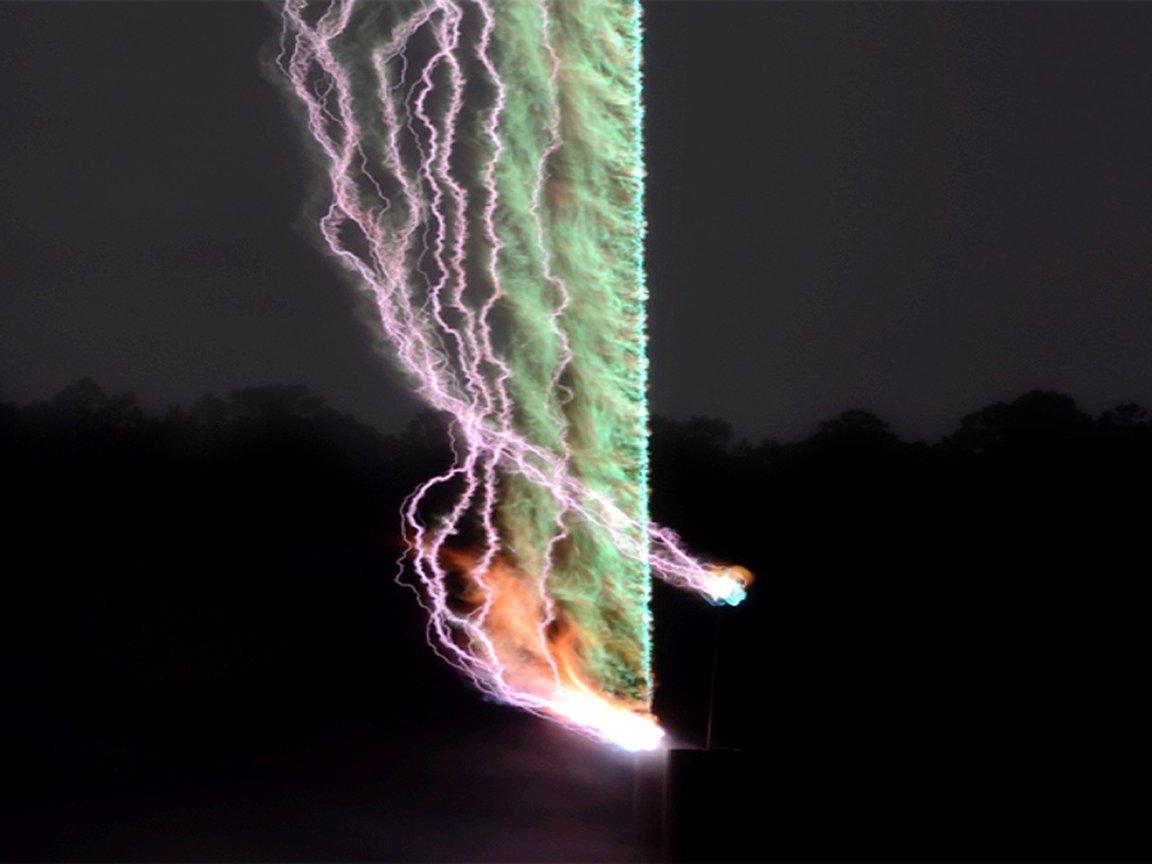
We have seen galaxies that formed 13 billion years ago. We have seen alien planets that are darker than coal. And now, we have seen thunder. Wait, what?
When we think of storms, we think of turbulent winds that rock through the trees, bright flashes of lightning scorching the Earth, and the crashing sound of thunder echoing in the distance. We certainly don’t think of the flashes of thunder. But maybe that should change.
Recently, scientists working at the Southwest Research Institute (SwRI) in the United States managed to capture the world’s first detailed image of thunder. This feat is notable as, despite the fact that lightning strikes the Earth more than 4 million times a day, according to Dr. Maher A. Dayeh, a research scientist in the SwRI Space Science and Engineering Division, the physics that underlies this process is not fully understood.
In the press release, Dayeh notes, “While we understand the general mechanics of thunder generation, it’s not particularly clear which physical processes of the lightning discharge contribute to the thunder we hear.” Ultimately, Dayeh’s research may shed new light on this process. Specifically, by studying the acoustic power that stems from lightning bolts as they shoot down to Earth, we are able to learn more about the origins of thunder.
In order to understand this research, it is necessary to understand the process that creates lightning. In short, as electrical charges travel across the planet (either forming within a cloud, or forming an interaction between a cloud and the surface of the Earth) they heat the surrounding air. And this creates a release of energy, which causes thunder.

This amazing feat was accomplished by a “triggered event.” This is when a man-made stimulus prompts an intended event or reaction. In order to trigger this event, the team launched a small rocket trailing a grounded copper wire into thunderclouds. The copper wire is meant to create a predictable path for the lightning, making it easier to observe.
In order to capture the thunder, the team used an array of microphones, which were used to “see” the acoustic signature of the thunder. Fifteen microphones were set up 95 meters from the launch pad (where the copper wire was sent up and where the triggered lightning would strike).
“At first I thought the experiment didn’t work,” said Dayeh. “The initial constructed images looked like a colorful piece of modern art that you could hang over your fireplace. But you couldn’t see the detailed sound signature of lightning in the acoustic data.”
However, when Dayeh looked at the different sound frequency bands, he saw that the images cleared up at higher frequencies. And now we can see the results…

This long-exposure photograph (left) shows a triggered lightning event. The initial copper wire burn glows green, while nine subsequent return strokes are more purplish. Southwest Research Institute scientists plotted acoustic data (right) measured at the array that clearly show the unique signatures of the nine return strokes (RS) associated with the triggered lightning event.
The “curved” appearance of the RS signatures is associated with sound speed propagation effects. A secondary acoustic signature after the first RS (b) is the result of an electric current pulse associated with the return stroke.